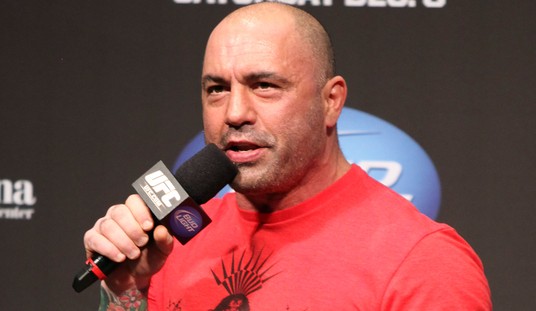Recent Harris Poll research revealed that two-thirds of consumers describe every step of acquiring health care as difficult. Half of respondents even avoid care because of this complicated bureaucracy, likely making their ailments worse and costlier in the long term.
Doctors have been sounding the alarm on this problem for years. Thankfully, the White House is listening to physicians who are actually practicing—and we practitioners are saying patients need more price transparency, less reliance on insurance, and less government interference.
This would result in lower cost, increased access, and higher quality. You can have only two of these in government-controlled health care. In a free market, you can have all three.
Paying for health care should be clear and simple. Patients should have access to health care pricing up front and be able to choose from multiple options. Unfortunately, health care consumers often have no idea how much services will cost them. They don’t know the cost before they walk in the door, and they may not find out until months later when the bill comes.
Transparent prices are already fixing this problem for patients. Specialists are increasingly following the lead of Dr. Keith Smith at the Surgery Center of Oklahoma by posting their fees online. Consumers are checking Healthcare Bluebook to discover the fair market value of a procedure before they buy. For prescriptions, apps such as GoodRx have revolutionized how—and how little—patients pay for drugs.
The White House has been an ally in this fight for transparency. The Department of Health and Human Services has unveiled a rule that would require hospitals and insurance companies to be up front with consumers about the true prices for shoppable services.
Recommended
Let’s make the predictable affordable. Don’t expect patients to shop around their heart attack, but an MRI in a hospital is $10,000 and $250 in a private facility. Patients have a right to know this.
America’s doctors are also prescribing less reliance on middlemen and bureaucrats. Did you know that for every dollar spent on health care, only 27 cents pays people who even see patients? We all understand overhead. The building, equipment, and cotton swabs are not free. But most consumers have stood at the doctor’s office window to talk to an employee whose full-time specialty is coding the bill for the insurance company. Many have received the bill weeks later, buttressed by several pages of gobbledygook that numbs them to the fact that whatever they’re paying for isn’t actual health care—or free.
In other words, three quarters of health care spending goes to suits, not white coats. Physicians know that, in many cases, the co-pay for medications and imaging exceeds the cash price for the same item. In these cases—increasingly the norm—the patient pays an exorbitant monthly insurance premium just for the privilege of feeding this bureaucracy. It doesn’t take a doctor to figure out that’s bad for patients.
To solve this problem, some have recommended Medicare for All—but that program would be a shell of the Medicare you are used to. By contrast, a patient-centered health care system puts personalized care over nationalized care, giving freedom and choice.
We are entering an era where we can customize a patient’s care down to their individual DNA. This is not the time to take a one-size-fits-all approach to health care. It’s time to lower the barriers for health care innovation, including paying physicians directly. Patients want less out-of-pocket expenses and fewer middlemen. Doctors would rather transact with patients than insurers anyway—and most of us are dishing out cash discounts to prove it.
With insurance companies complicating matters so much, it’s no surprise that innovative providers are cutting out middlemen entirely. Direct primary care practices, for example, have developed low-cost subscription-based primary care services. The monthly fee is less than a cell phone bill. They provide less-expensive care, spend more time with their patients, and aren’t burdened by hours of tedious paperwork. Recent studies show that physicians stuck in the insurance system spend two hours on paperwork for every single hour of patient contact! It’s no wonder more physicians are converting their practices to direct-pay models like DPC—except those doctors who burn out entirely under government-underwritten insurance.
Insurance companies aren’t the only obstacles to patient freedom and satisfaction with their providers. Politicians who have never spent a day in medical school—or who have turned in their white coats for government jobs—dictate treatment plans via regulations to doctors.
That’s why a government-centered proposal like Medicare for All would be a costly cure much worse than the ailment. It would empower bureaucrats—not patients or their doctors—to make health care choices for every patient in America. This huge mistake would also eliminate the private sector innovation demonstrated by GoodRx, direct primary care, and so many others.
America’s broken health care system results in inflated costs and layers of bureaucracy that drive patients away, doing them harm. Instead of being conned by lobbyists or insurance companies, the White House should keep listening to practicing physicians. We’re more than happy to make a house call—just as we did to the White House.
Mike Koriwchak, M.D.(mkoriwchak@entofga.com), is board vice president of Docs 4 Patient Care Foundation, former host ofThe Doctor’s Lounge Radio Show,and an ear, nose, and throat specialist in Atlanta, Georgia.
























Join the conversation as a VIP Member